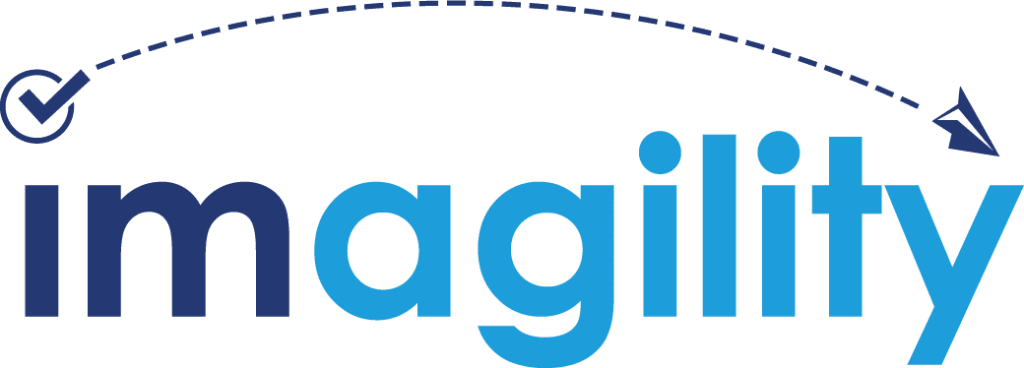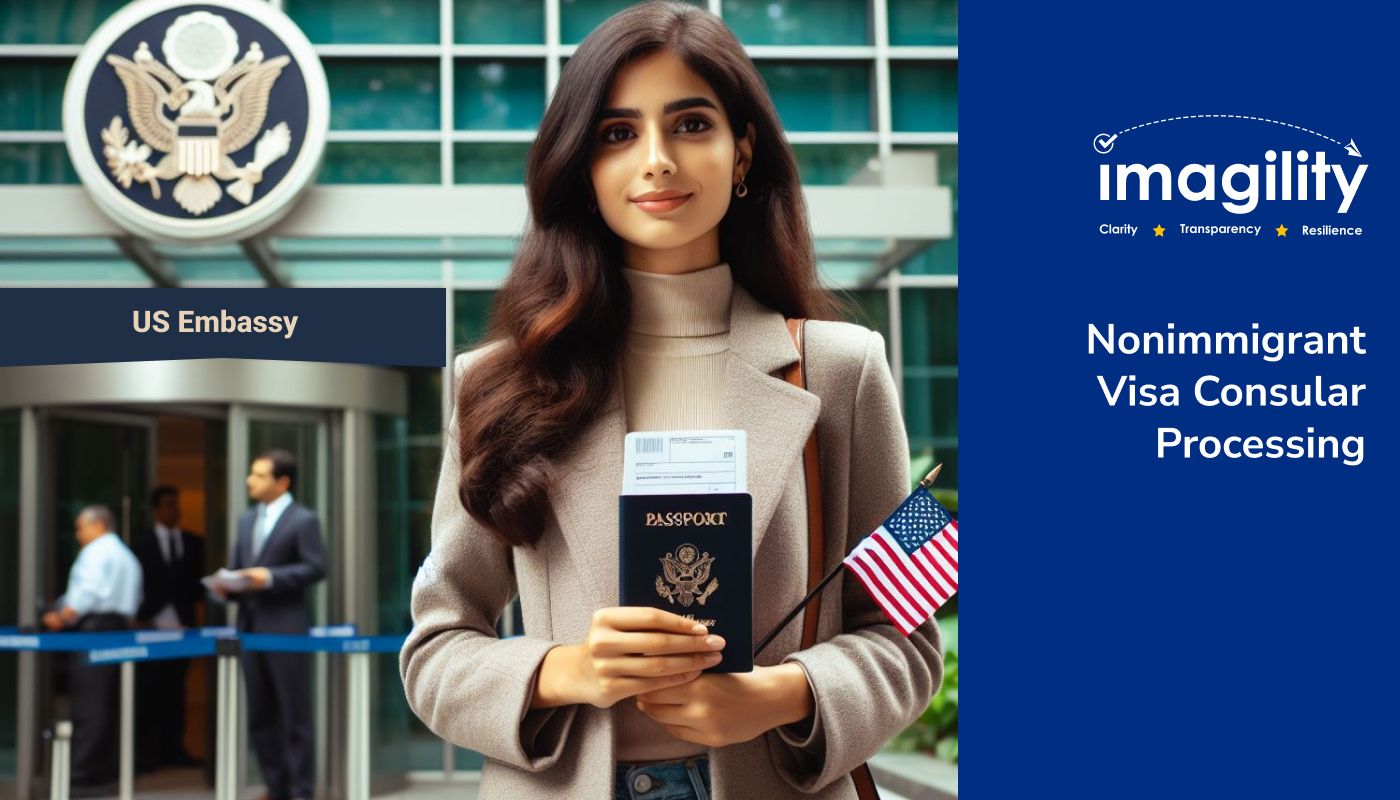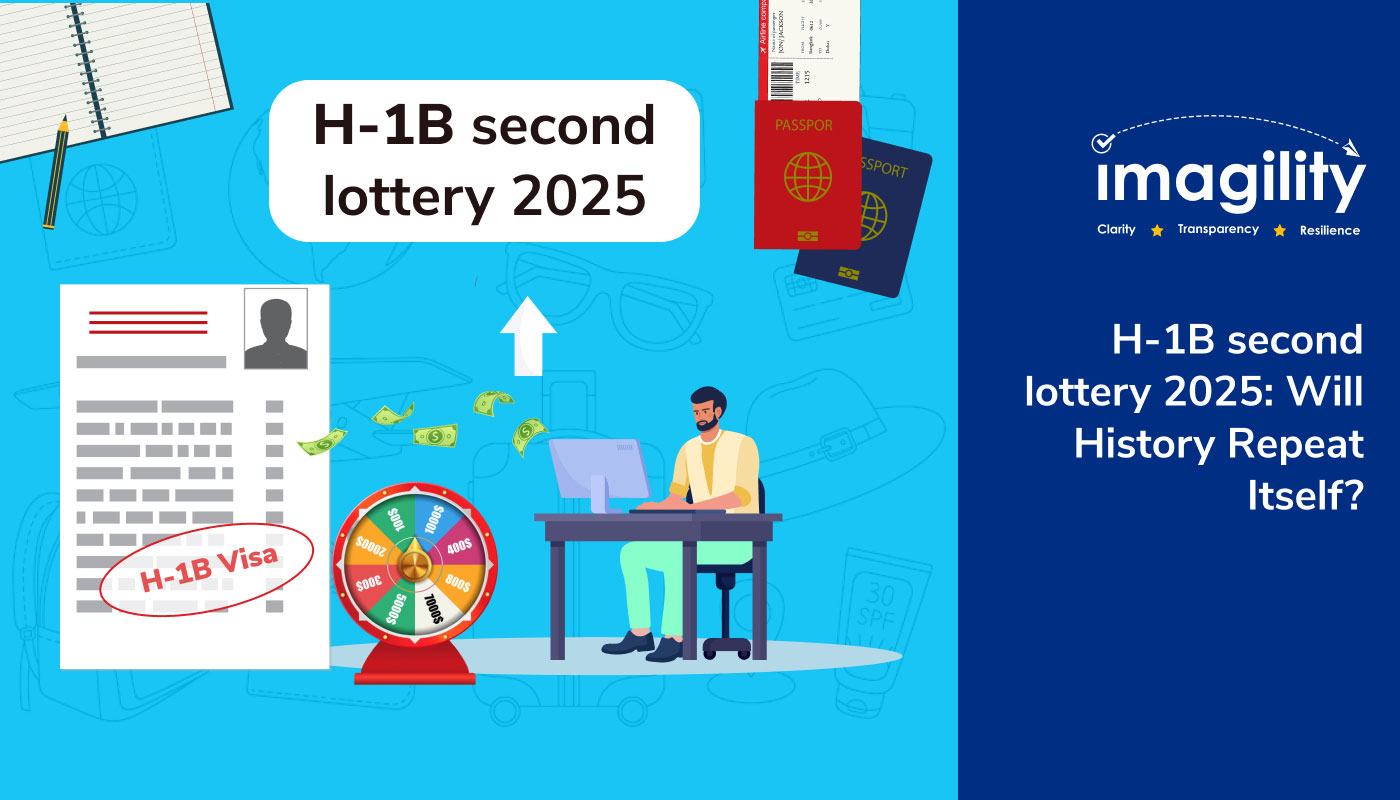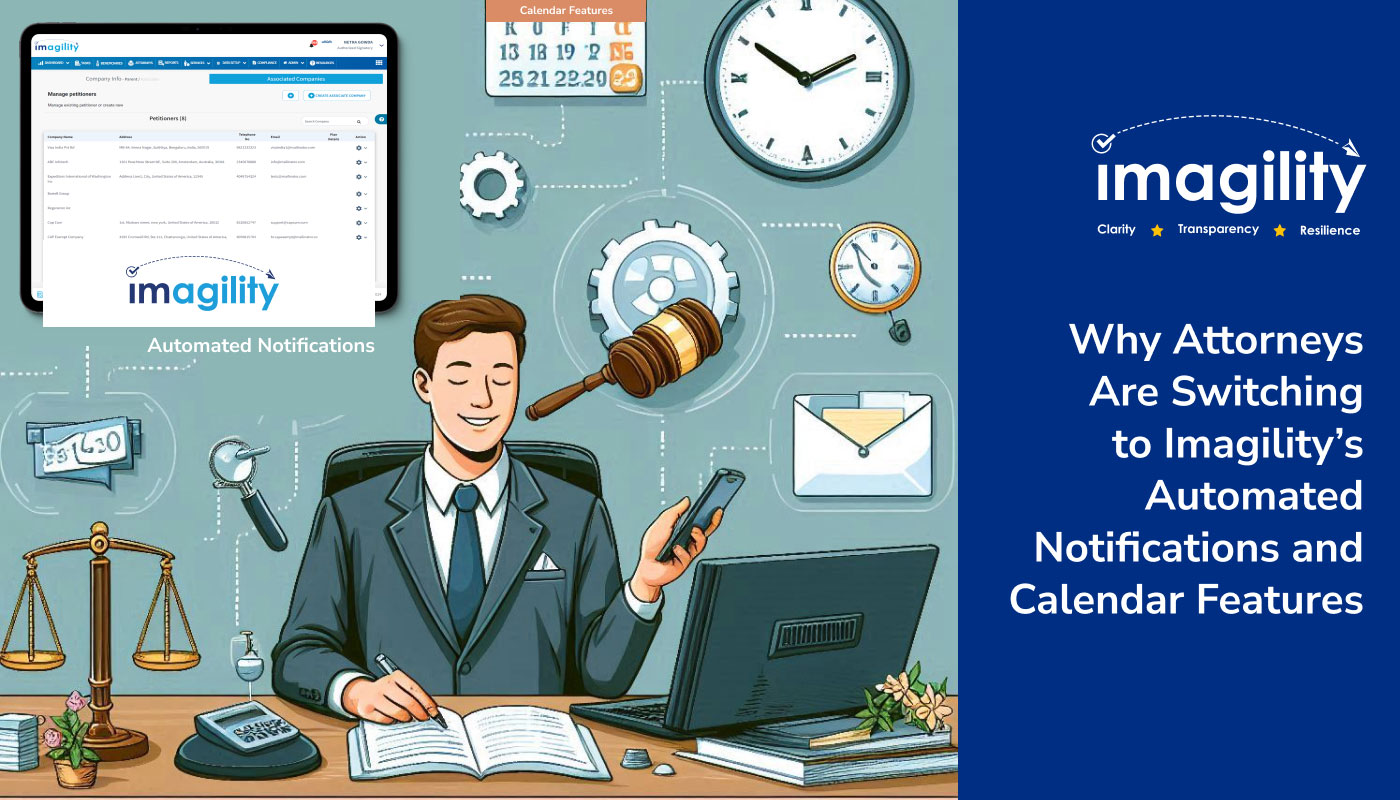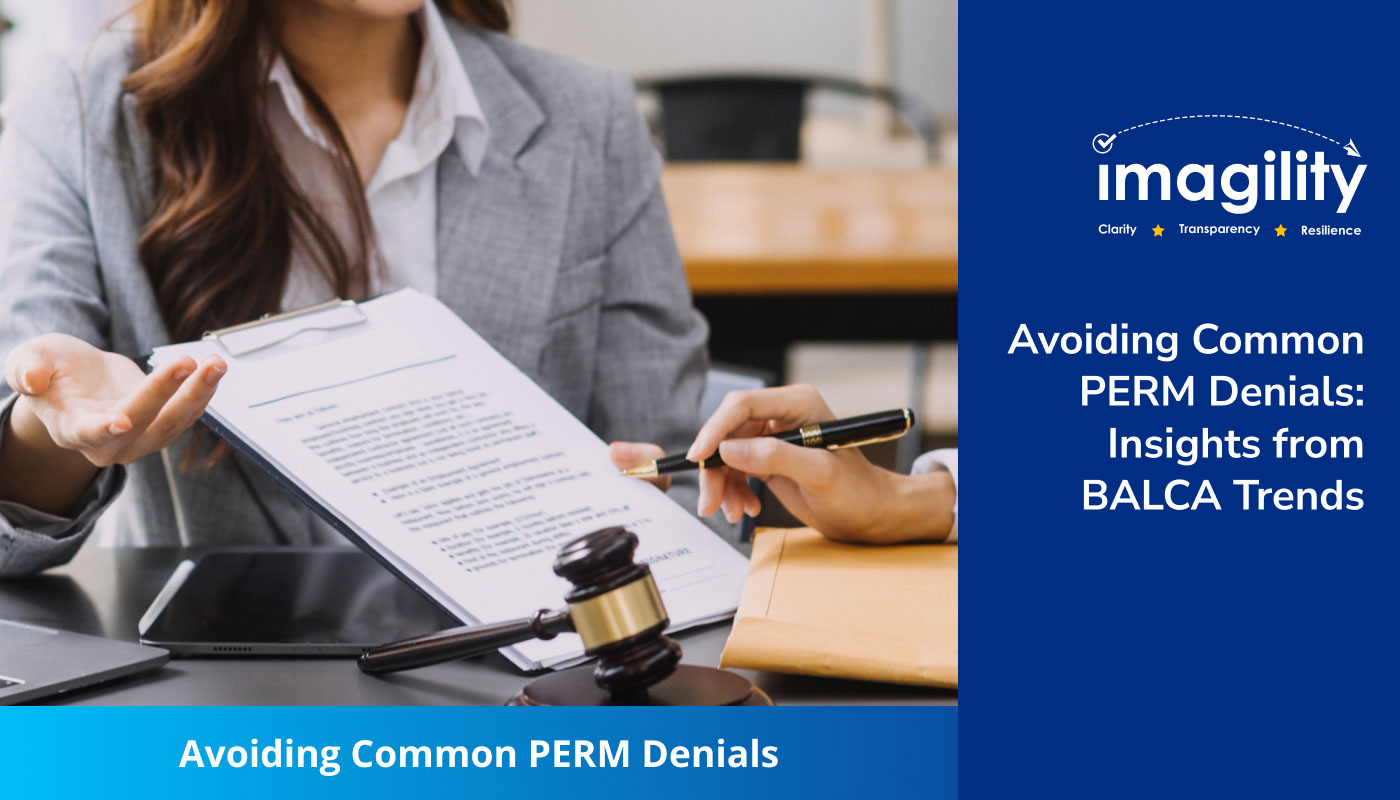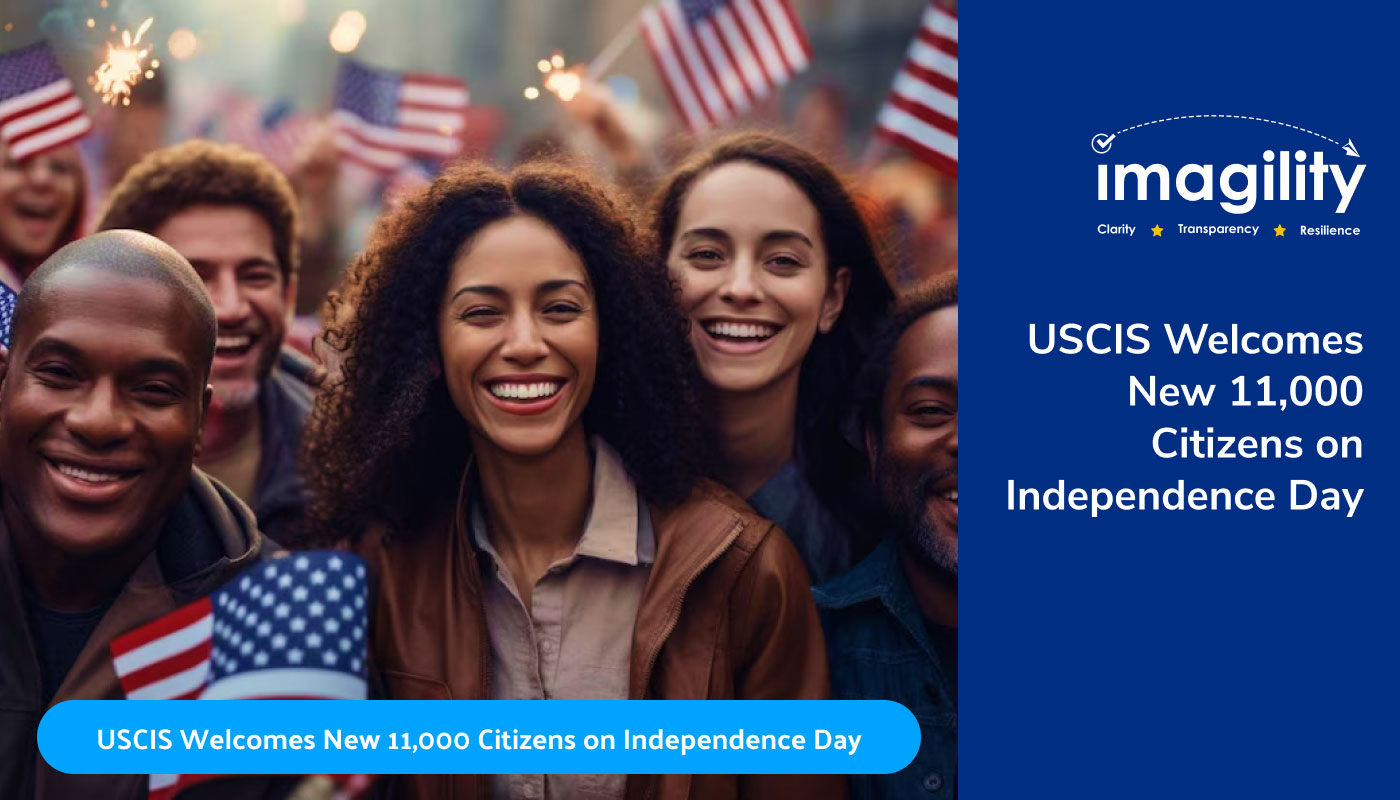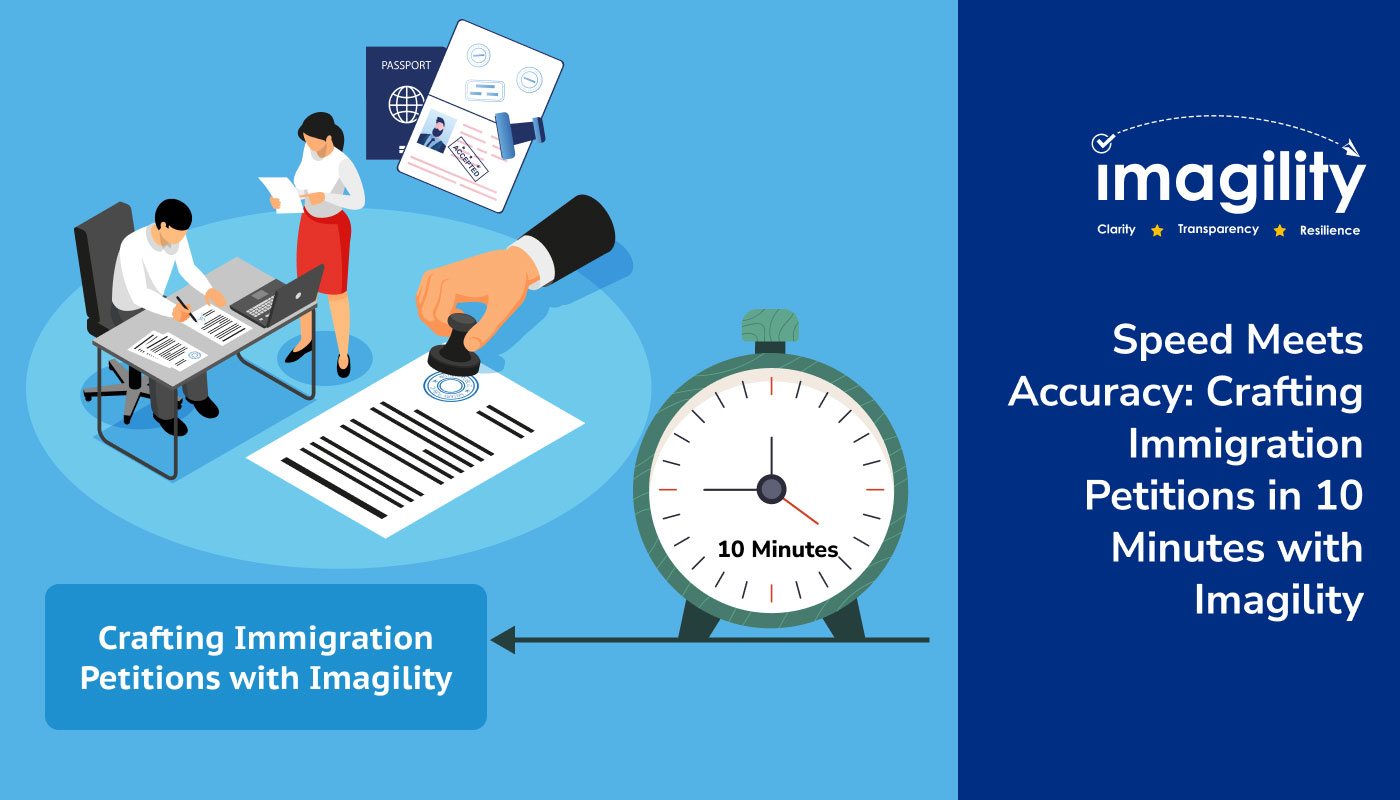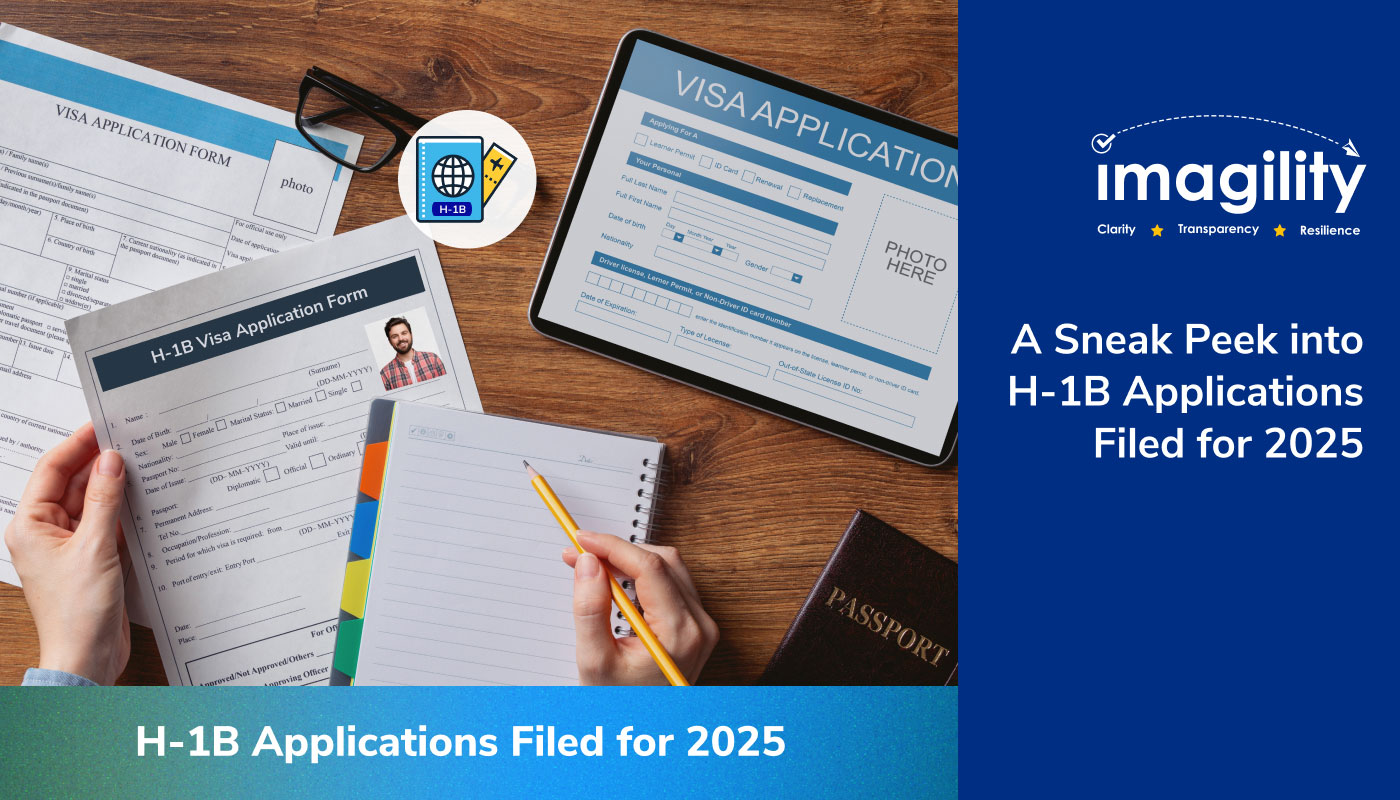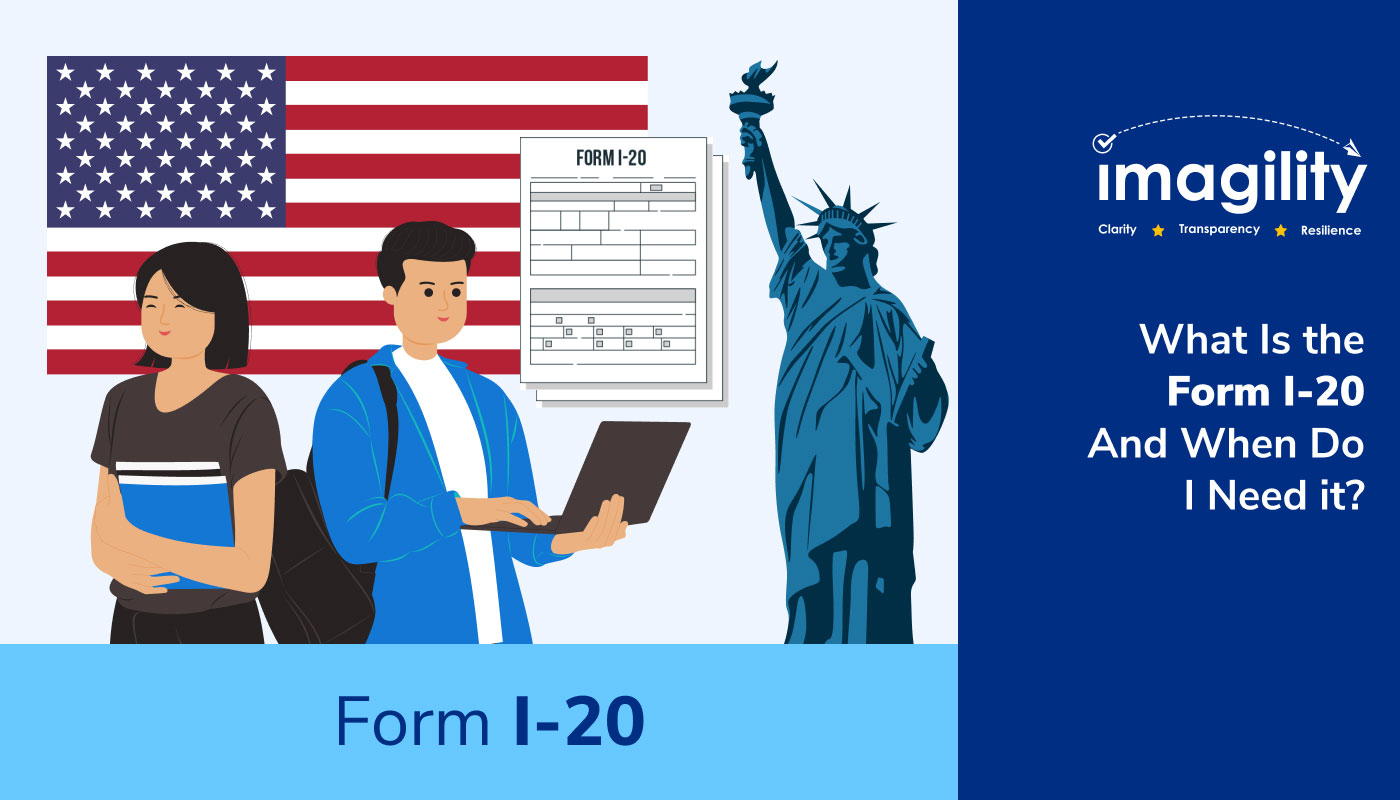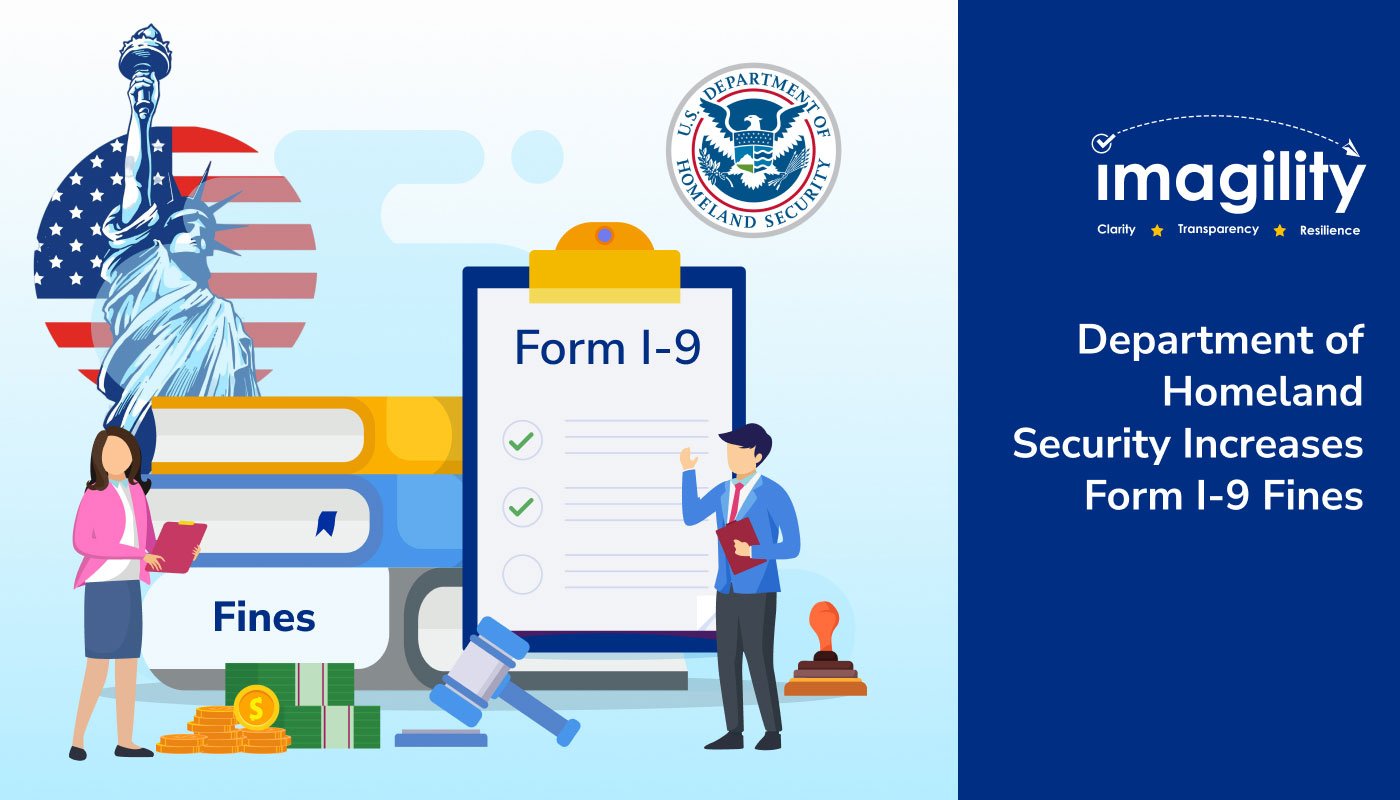If you wish to travel to the United States for travel, work, study, or other purposes, you will need to get a non-immigrant visa to enter the country temporarily. In order to get this non-immigrant visa, you must go through a process called consular processing. In this blog, we will explain what consular processing is and how to successfully navigate it.
What is Consular Processing?
Consular processing refers to the application process for certain non-immigrant visas that takes place outside the United States, at a U.S. embassy or consulate in your home country. It involves the following key stages:
- Eligibility Determination: The first step is understanding your visa category. You must research different visa types (e.g., B-1/B-2 for temporary business/pleasure, F-1 for students) to find the one that aligns with your purpose of travel. For example, you can go for a B-1 or a B-2 visa if you are traveling to the U.S. for business or pleasure.
- Application Submission: Once you’ve decided on the right visa category, the next step is to fill out the online application form (DS-160) and gather all the necessary documents. These documents might include evidence of your travel intentions, financial stability, and connections to your home country.
- Visa Fee Payment: Visa application fees must be paid along with your application.
- Interview (Optional): Depending on your visa category and individual circumstances, you might be required to attend an interview at the U.S. consulate or U.S. Embassy in your home country.
- Preparing for Your Interview: Gather all the necessary documents to support your visa application, such as your passport, confirmation page for the DS-160 form, a recent photograph, and any additional documents specific to your visa category.
- Attending Your Interview: The visa interview is your chance to convince the consular officer that you qualify for the visa. Be prepared to answer questions about your travel plans, ties to your home country, and financial situation. Honesty and clarity are key here, so be straightforward and provide any requested information promptly.
- Visa Issuance (or Denial): Followed by the interview (if applicable) and a review of your application, the consular officer will decide whether to grant or deny your visa. You’ll either receive your visa or a notification of denial. If you’re approved, your passport will be stamped with the visa, and you’ll be ready to travel to the U.S. If your application is denied, don’t panic. You’ll receive a written explanation of the decision and may have the opportunity to reapply in the future.
Who Needs Consular Processing?
Not all nonimmigrant visas require consular processing. In some cases, individuals residing in the U.S. with a valid change of status application might be eligible for an interview waiver and receive their visa through mail. However, consular processing is the standard procedure for most nonimmigrant visa applicants outside the United States.
Tips for a Smooth Consular Processing Experience
- Research visa requirements well in advance to avoid delays. When planning your trip, be sure to consider the variable wait times associated with visa processing.
- Ensure you have all the necessary documents in order and meet the specific requirements for your visa category.
- If an interview is required, prepare yourself by researching common interview questions and practicing your responses.
- Transparency and providing truthful information throughout the application process are crucial.
The Bottom Line
Consular processing might seem like a complex hurdle, but with proper planning, understanding the process, and gathering the necessary documentation, you can navigate it successfully. Remember, obtaining a nonimmigrant visa through consular processing allows you to present yourself directly to U.S. consular officials, potentially strengthening your application. So, follow these steps, and embark on your exciting U.S. adventure.
Remember, if you need guidance or assistance along the way, immigration professionals are there to help.
Helpful Resources
Navigating the Process: Changing Your Non-immigrant Status in the US
